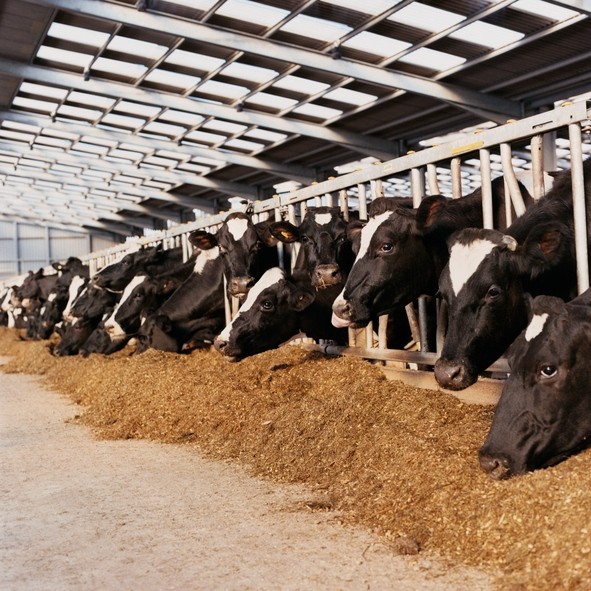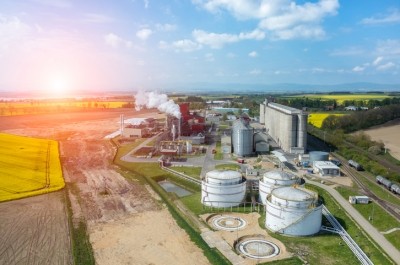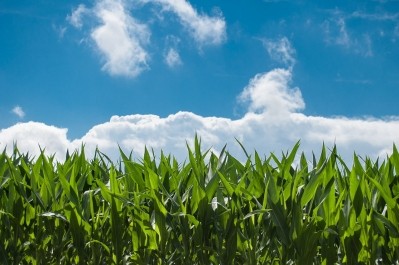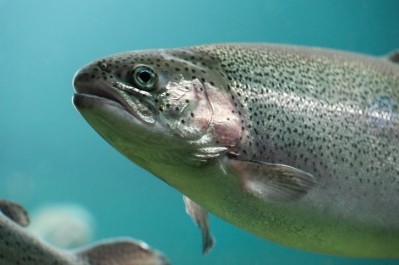Feed industry to benefit from expanding trial capacity at UK university research hub

The newly opened Center for Dairy Science Innovation, which has been funded by the University and also the Centre for Innovation and Excellence in Livestock (CIEL) and Innovate UK, is an extension to the University’s longstanding dairy facilities.
This expanded dairy research innovation hub includes technologies for studying a range of dairy-related topics including mastitis control, antimicrobial resistance, feed efficiency, environmental emissions and new so-called wearable technologies for the herd.
Professor Phil Garnsworthy, head of division of animal sciences and professor of dairy science in the University’s School of Biosciences, told us about the benefits of the expansion in terms of nutritional science output.
“This new facility doubles our capacity. Before we could measure feed intake individually in 40 cows at a time – we now have capacity [to do the same but with] 100 cows.”
The University has already worked with various organizations such as the EU, the UK levy board, AHDB, and the UK government's Department for Environment, Food and Rural Affairs (Defra). “That work takes up a lot of our resources and we had limited scope for undertaking trials with feed companies. We used to have people queueing up to do trials with us. Now [with this additional capacity] we can run two to three trials in parallel.
“We can do trials that are sponsored or based on one feed company or a consortium of feed companies with common research interests.”
Cow welfare on research radar
The new dairy center is not just about feeding though, he stressed. “We have also got a flexible housing building where we can alter the stocking rate or stocking density of cows, we can give the more or less space and see how they respond to that. We are looking at the physiological responses and the welfare of cows as well.”
Garnsworthy said the dairy facility at the University would typically test different diets, how they might affect rumen function or feed efficiency; the researchers look to better understand metabolic mechanisms as well.
“We do a range of research from fundamental studies right through to the applied science level that can be used on farms.”
The team, he said, has a five-year long research partnership with AHDB to evaluate feed efficiency in cows, and look at how many aspects of the entire farming operation can impact feed efficiency.
“This includes not only responses to diets by milking cows but also includes the replacement rate that is linked to fertility and diseases, or the length of the heifer rearing phase, and the impact of that on overall feed use on the farm.”
Nutritive value of feeds
Some of the feed research he has been involved in, sponsored by industry, has been about reassessing feedstuffs:
“A lot of products in use were evaluated back in the 1970s and 80s and cows have moved on since then, they are genetically different, they are much higher yielding and also feeds have moved on as well. We have higher yielding varieties of various crops and forages, for example, with better additives and, so, a lot of companies are interested in getting [the accurate] nutritive value of the feeds so they can ration animals more precisely.”
Garnsworthy and his colleagues are very interested in looking at co-products from industry such as sugar beet pulp and looking at alternatives to soy.
“We did a pre-competitive project on DDGS involving over 20 partners including six feed companies and bioethanol manufactures, and the levy bodies.
“As well as the work we have done on DDGS, we are also looking at protein sources, including looking at different treatments for rapeseed meal. We are doing some work on yeast and looking at fiber sources as well.
Feed companies also want to test feeds that have been processed in diverse ways. Different ways of processing feed can affect the rumen degradability of the protein so it is vital to determine the nutritive value of feeds, explained Garnsworthy.













